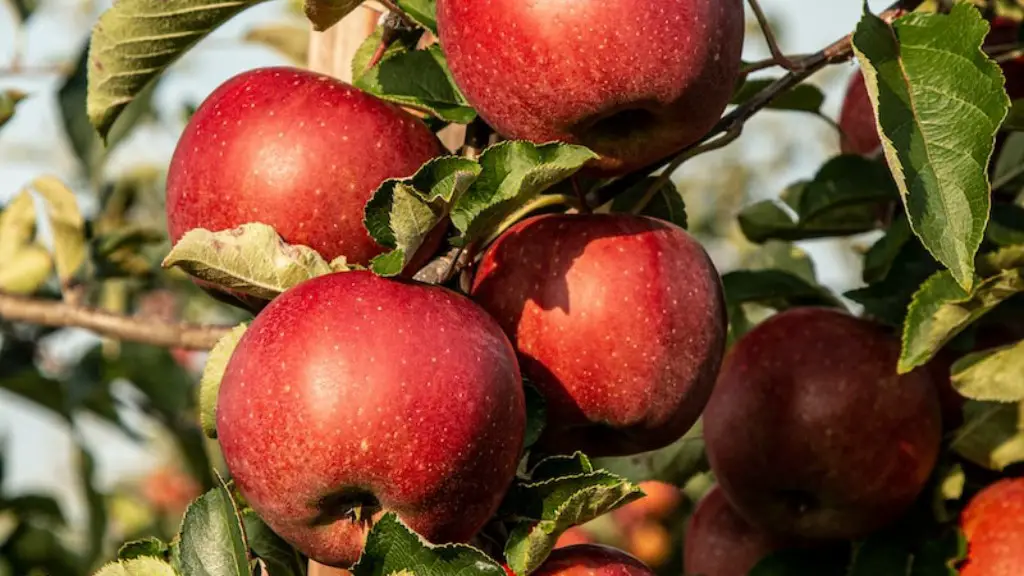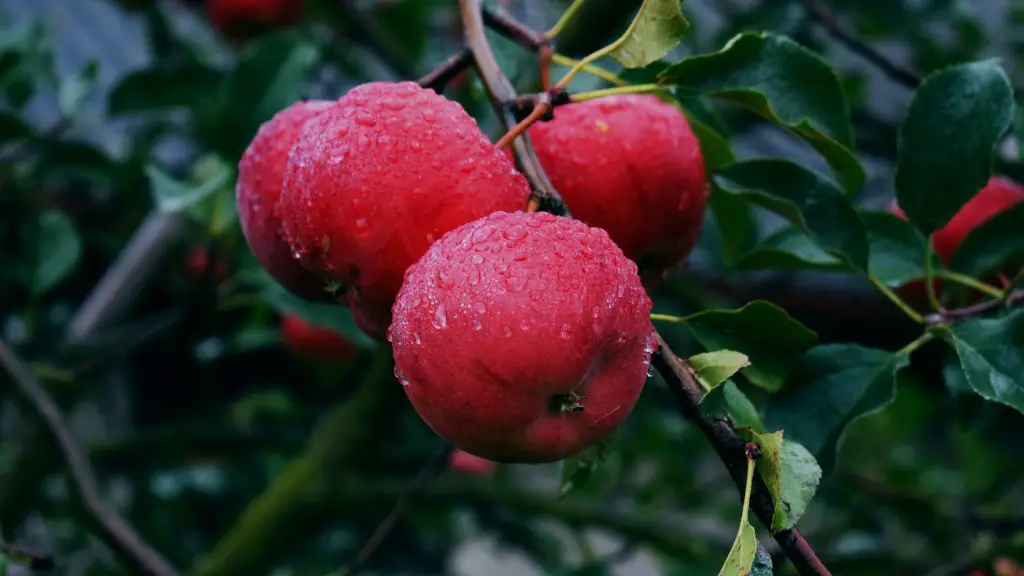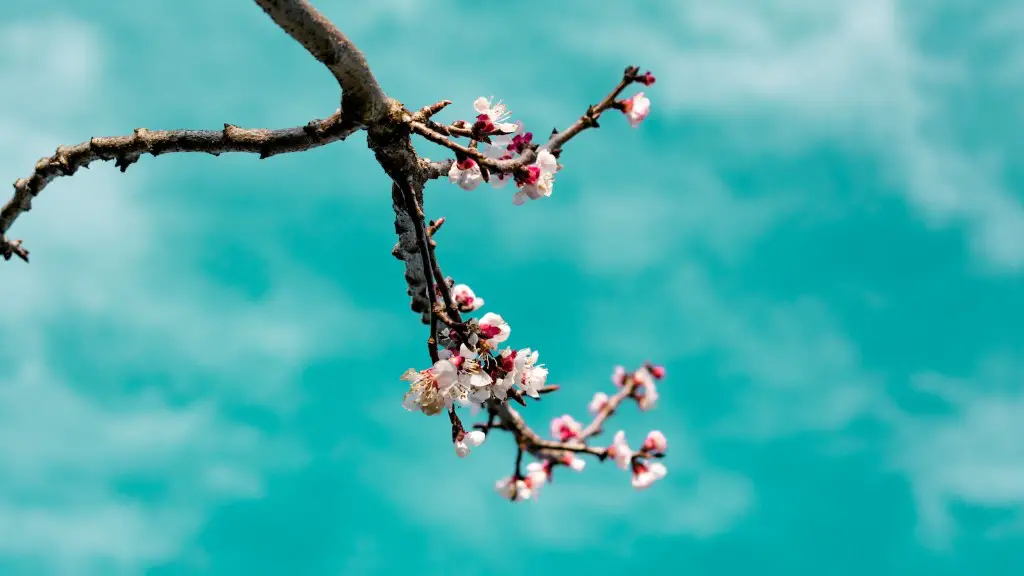If you want your palm tree to stay healthy, you will need to water it regularly. Depending on the type of palm tree, it may need to be watered every day or just a few times per week. Be sure to check the soil before watering to make sure it is dry. Over-watering can be just as harmful as under-watering, so be sure to give your palm tree the right amount of water.
Once a week, when the top inch of soil is dry.
How often should I water my palm?
When you are planting a palm in your garden, you should water it every day for the first week. The second week, water every other day. After that, plan to water two or three times a week.
If the soil feels dry, it is time to water your palm tree. If it still feels wet, check again a few days later. It’s too soon for more water.
Can palm trees get too much water
Overwatering your palm tree will cause it to droop and the leaves will start to rot. You can save your plant by cutting off the dead parts and replanting it, but if you don’t take care of it soon enough, it will die.
If you notice that your tree’s leaves are starting to turn brown at the tips, it may just be a sign of stress. However, if the leaves are fully brown, dead, or dying, it’s okay to trim them off. Just be careful not to trim too many leaves at once, as this can over-stress the tree.
How long can palm trees go without water?
Most palm trees can go without water for at least two weeks. This can vary depending on the type of tree. Your palm tree can also last longer without water if you’ve used some advanced system like capillary matting or a bunch of wicks. For best results, you can keep your indoor palm in a terrarium.
It’s important to water your palm tree regularly, especially during the spring and summer months. However, during the autumn and winter months, you can reduce the amount of water you give it. If the weather is dry and hot, you can mist the foliage several times a day to keep it cool and help deter pests.
What is the best way to water palms?
If you’re growing palms, it’s important to give them the right amount of water. The majority of palms like a damp dirt/sand mix that drains well. You want to avoid water standing near the roots too long, which promotes root rot.
A lot of palm tree lovers tend to overwater their palms or don’t give enough water. One way to avoid this is to get a soil wetness meter to check for soil dampness. That way, you can make sure your palms are getting just the right amount of water.
Palms are unique in that they can thrive in a variety of light conditions. Those that naturally grow in the understory beneath taller trees are well-suited to lower light conditions in homes. Meanwhile, palms with high light requirements need very sunny windows or supplemental lights when grown in pots indoors. No matter the light needs of your particular palm, be sure to provide it with the appropriate amount of light to ensure optimal growth.
Do palm plants need a lot of sun
Avoiding direct sunlight is important for keeping your palm healthy. The sun can burn the leaves and cause them to curl or turn brown. Instead, keep your palm in partial shade or in an area indoors that receives indirect sunlight.
If you notice that the top center stalks of your palm tree are turning brown and/or shriveling, this is a sign that the tree is not healthy. Browning and shriveling are usually the first signs of a palm tree that is sick, so it is important to monitor these areas closely. If you see these signs, you should contact a palm tree specialist or nursery to have the tree assessed and treated.
Why do palm leaves turn yellow?
If your palm tree’s leaves are turning yellow, it could be due to a lack of essential nutrients in the soil, like nitrogen, manganese or magnesium. These nutrients all help the tree stay green and grow properly. Alternatively, a pest or fungus could be causing your palm tree leaves to yellow. If you suspect that a nutrient deficiency or pest problem is to blame, be sure to take corrective action to help your palm tree regain its health.
If you see any of the above signs, it’s possible that your tree is getting too much water. Try cutting back on watering and see if the tree responds. If it does, then you’ll know you were giving it too much water.
Is Epsom salt good for palm trees
If you think your palm tree may be suffering from a magnesium deficiency, you can try giving it a boost with some Epsom salt. Just sprinkle 2-3 pounds of salt under the tree’s canopy and water it in.
It is important to ensure that your tree is getting enough water, especially if the soil is short on key nutrients. If you notice that your tree is not getting enough water, you may need to investigate further to determine the cause. Possible causes of insufficient water supply include pests, diseases, or environmental factors.
Should I mist my palm plant?
Adding a humidifier to your home is a great way to increase the humidity and keep your palms healthy. In the winter, when the humidity tends to drop, this is especially important. By misting your palms a couple of times a week or adding a humidifier to your home, you can help keep them healthy and happy.
There are several signs that your palm tree is dying or already dead. The first sign is wilting, discolored, or stunted palm fronds. These are followed by cases where the damage can be stopped and reversed to save the palm.
Final Words
A palm tree should be watered about once a week, or when the soil is dry to the touch.
Most palm trees need weekly watering, but some species can get by on as little as one deep watering per month. If you live in an area with regular rainfall, you may be able to get away with just using Mother Nature to keep your palm tree healthy and hydrated.





